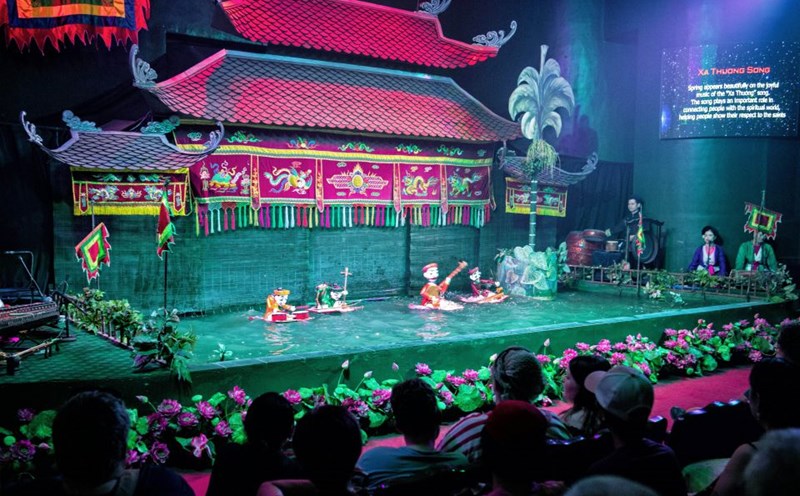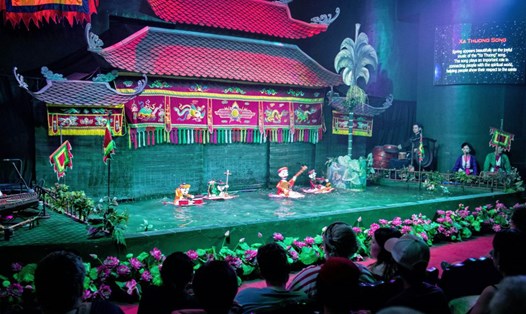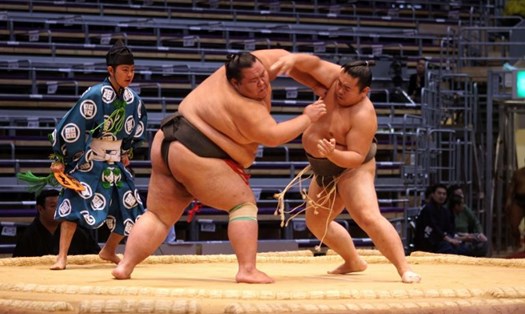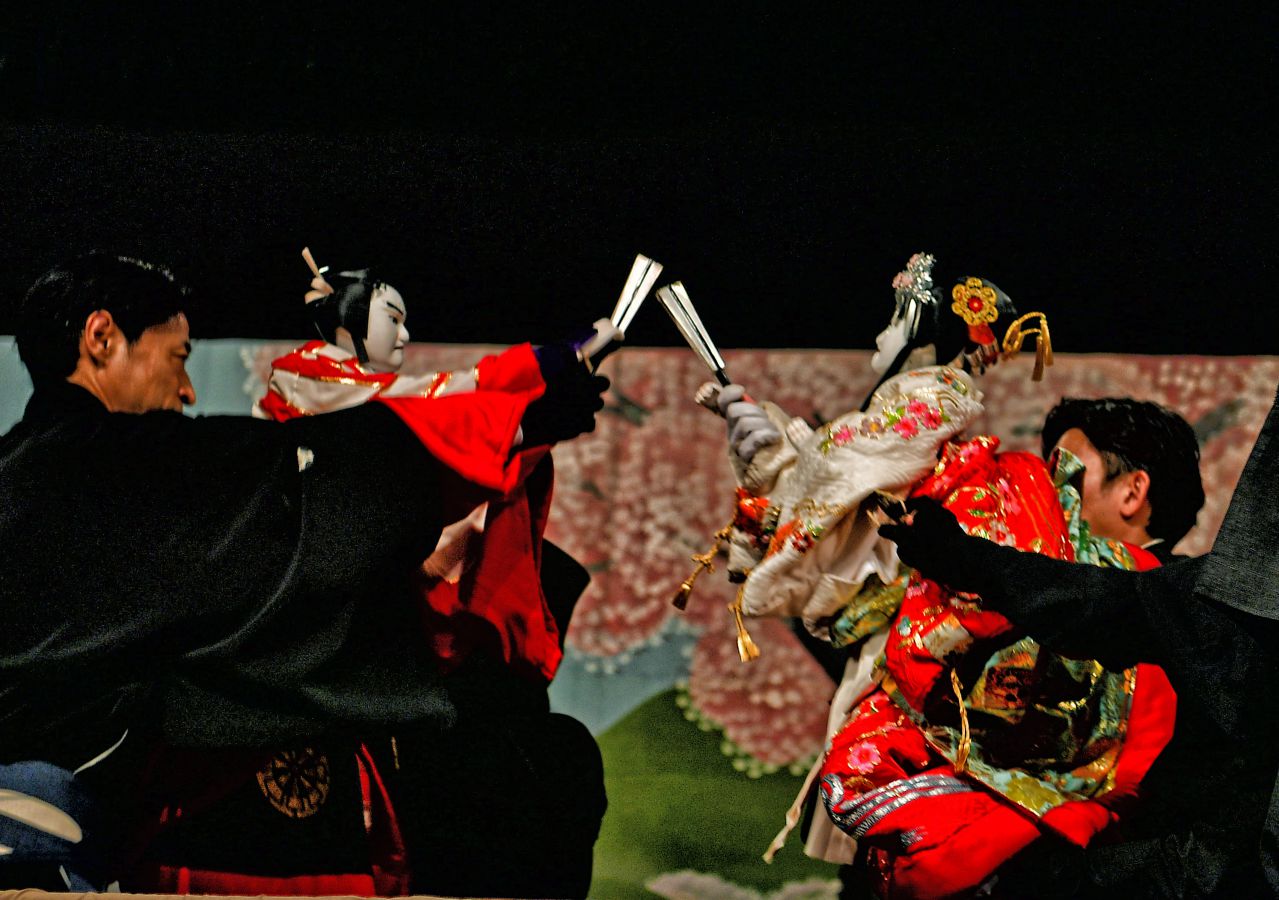
Bunraku is a Japanese art form of art that has been developed in Osaka since the 17th century and is now over 300 years old.
This type is a combination of three elements: narration (duced by the narrator - Tayū - sung by Shamisen), music (Shamisen) and puppets' movements to express the story.
In which, Tayū - the narrator, the one who takes charge of all the dialogue, all the characters, they must be the ones who have a strong voice to complete a play about an hour long or plays that can last up to 10 hours.
Coordinate with Tayū to play Shamisen with transformed melodies and tones to better understand and express more accurately the character's mood or atmosphere in each scene.
Just a few small adjustments in the way he plays the instrument can transform into a healthy boy, or a crying girl, a grandmother, a peasant...
Finally, the puppet performer. A complete puppet is made over a long period of time with special wood (usually for building a pagoda); if carefully preserved, it can be used for up to 200 years. A puppet can weigh from 5 to 6kg, and the heaviest can weigh up to 13kg.
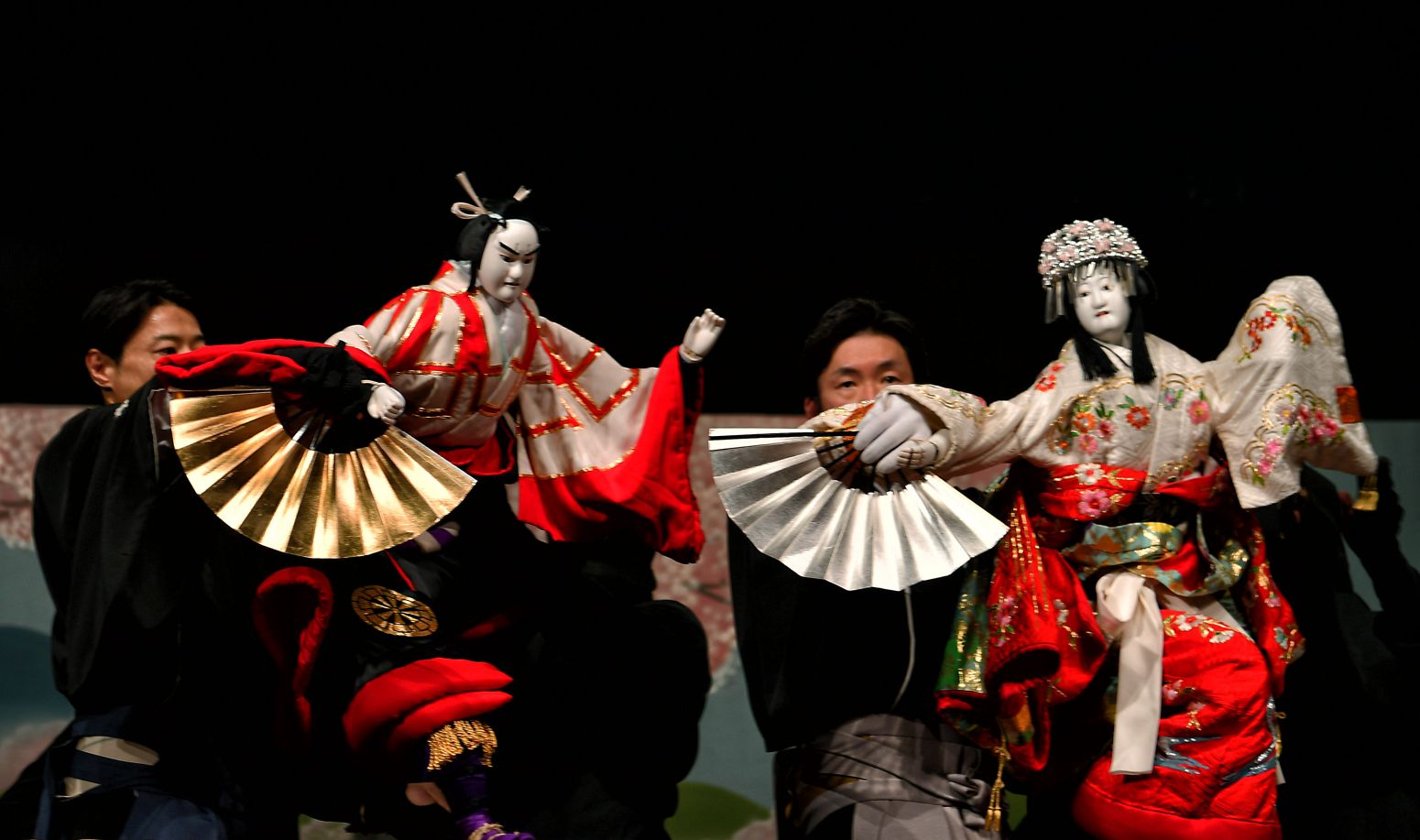
There is a difference in the two puppets, male and female. According to a Bunraku puppet, traditional female puppets do not have legs, because in cosmetic concept: women's feet are often considered a part that needs to be hidden due to long kimono costumes and some prejudices from the Edo period. The male puppet is still fully shaped.
In Bunraku, each puppet needs three people to control it at the same time. The main controller uses his left hand to support the puppet, while controlling the movement of the eyes, eyebrows and mouth; and also uses his right hand to control the puppet's right hand.
The first assistant was only responsible for controlling the puppets' left hand while the second assistant controlled the puppets' legs.
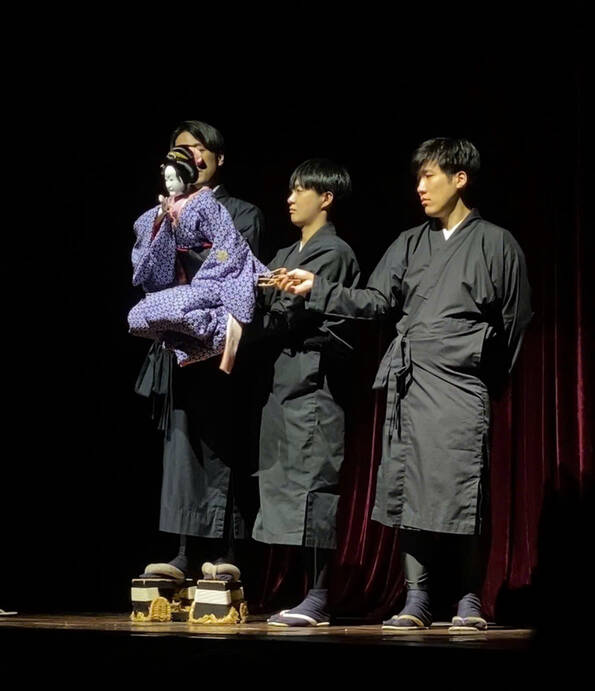
Initially, all three puppet artists wore black shirts and hats to appear invisible to the audience.
Today is different, while the assistants are still wearing black, the main puppet performs in Kamishimo costumes with an uncovered head and legs pointed to make a difference in the performance, although his face is still indifferent throughout the performance.
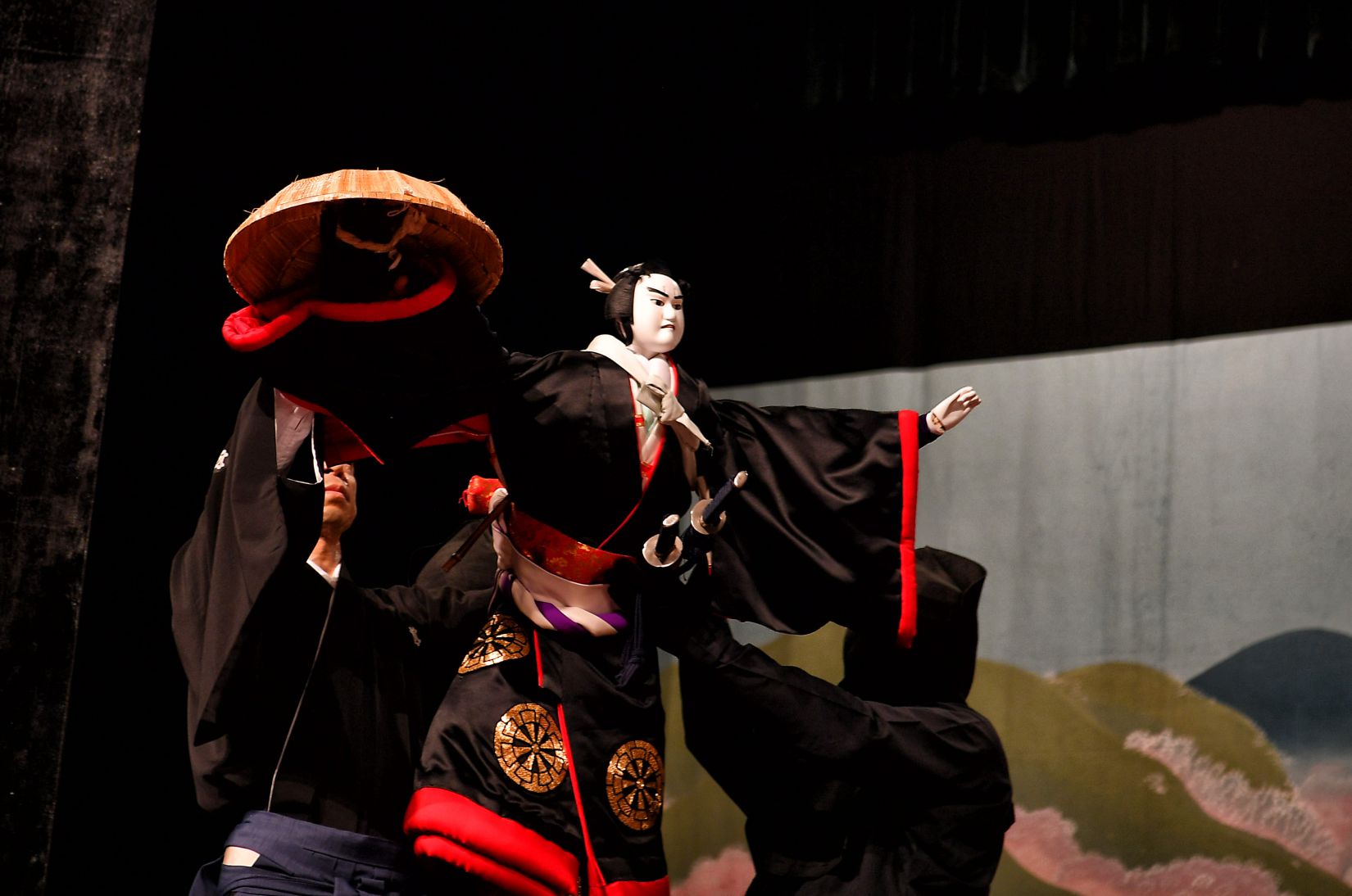
The understanding between the actor, the musician and the storyteller does not come from practicing before the show. Each of them had to spend up to 30 years just learning to control, coordinating with each other to create subtle movements and expressions to depict the character's emotions.
Bunraku stage is similar to Kabuki stage because it is borrowed from each other. This stage has a deep, small stage to partly obscure the puppet operator. Behind it, there are some high platforms showing the setting of the play. Hai and player Shamisen sat higher on the right side of the audience.
plays are often based on history, folktales or legends, with familiar themes such as love, loyalty, sacrifice and human tragedy.
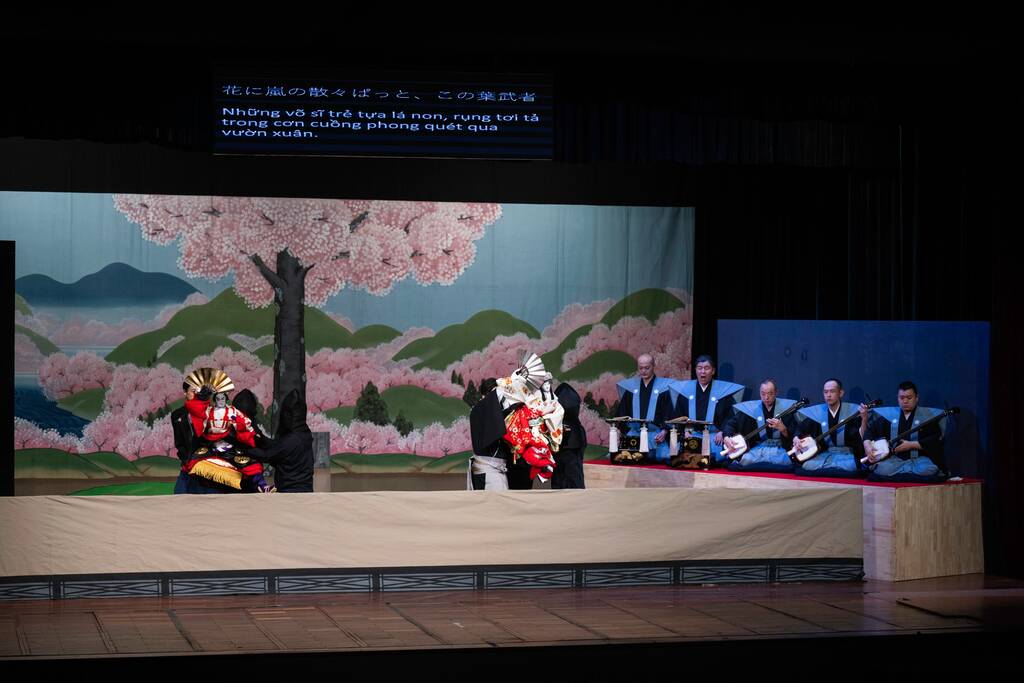
With its profound artistic value and special performance techniques, Bunraku was recognized by UNESCO as an Intangible Cultural Heritage of Humanity in 2003.
Today, Bunraku is still performed regularly, attracting the attention of domestic and foreign audiences.
Bunraku has gone beyond the boundaries of a simple form of entertainment to become a symbol of Japanese art. Not only preserving traditional values through each story, each puppet, but Bunraku also shows the vitality of Japanese culture.

